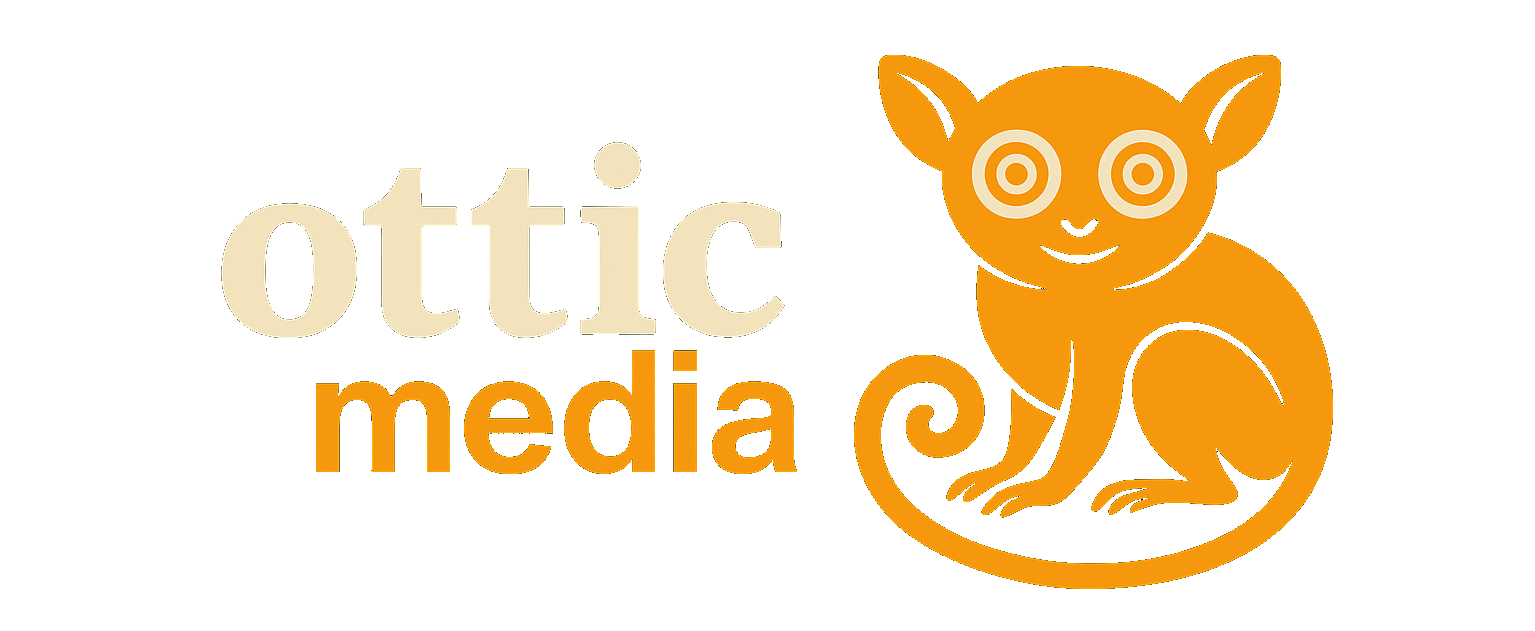
Picture the morning after a big celebration: the pounding head, queasy stomach, and the regret that often comes with it. Worldwide, close to three million people die each year because alcohol lingers in the body longer than the liver can handle. The only “remedies” we have—coffee, cold showers, vitamin pills—don’t speed up alcohol removal at all. Doctors can give intravenous enzyme cocktails, but those are expensive, fragile, and still leave behind a toxic middle-man called acetaldehyde.
A team of scientists from China, Switzerland, Spain and Belgium has now built something radically simpler: a soft, spoonable gel made from ordinary milk protein that you can swallow like yogurt. Once inside the gut, it acts like a microscopic catalytic converter, breaking alcohol down before it ever reaches the liver. In mice, a single dose cut blood-alcohol levels by more than half within five hours—without flooding the body with acetaldehyde. The study, published in Nature Nanotechnology, is raising hopes for the world’s first safe, oral antidote to alcohol intoxication.
From Milk to Molecular Mesh
The key ingredient is β-lactoglobulin, a protein that gives milk its creamy texture. When heated and stirred in the right way, the protein unravels and re-assembles into ultra-thin “amyloid” fibrils—tiny strands thousands of times thinner than a human hair. These fibrils are natural chelators: they can grip individual metal atoms the way Velcro grips a snowflake.
By soaking the fibrils in a mild iron solution and then freeze-drying them, the researchers created a pale powder laced with single iron atoms (FeSA@FibBLG, in their jargon). Each iron atom is anchored to four or five nitrogen atoms donated by the protein—an arrangement that closely mimics the active site of the horseradish peroxidase enzyme. The result is a “nanozyme,” an artificial enzyme that is far tougher than its biological cousins.
A Tiny Catalytic Machine
Why is the iron configuration so important? Human livers rely on two enzymes—alcohol dehydrogenase and aldehyde dehydrogenase—which together convert ethanol → acetaldehyde → acetic acid (vinegar). Acetaldehyde is the nasty intermediate that causes flushing, palpitations, and long-term liver scarring. The new nanozyme skips the bottleneck: it drives ethanol straight to acetic acid, largely bypassing acetaldehyde. Using hydrogen peroxide as an oxidizer, the iron atoms rip electrons away from ethanol molecules in a single, clean sweep.
In test tubes the nanofibrils were 44-times more active than iron nanoparticles and 10-times more active than iron bound to the native protein (no fibrils). Even after sitting for three hours in simulated stomach acid, the material retained more than 95 % of its catalytic punch.
Turning the Powder into a Gel
Swallowing dry powder is impractical, so the researchers turned it into a soft hydrogel—think of the consistency of pudding—by adding gold nanoparticles that generate a trickle of hydrogen peroxide from glucose already present in the gut. The gel self-assembles in salty water, is syringable, and sticks to the intestinal wall for hours. Positron-emission scans in live mice showed that the gel lingers in the upper digestive tract for at least six hours—the prime window for alcohol absorption.
Mouse “Hangover” Experiments
Acute intoxication: Mice were given a single large dose of alcohol (equivalent to a human binge). Animals that received a dollop of the iron-laced gel woke up twice as fast as those given plain gel or saline. Their blood-alcohol levels dropped 42 % after two hours and 56 % after five hours, while acetaldehyde stayed flat. Liver enzymes leaked less into the bloodstream, indicating less organ damage.
Chronic model: For ten days, mice were fed alcohol-heavy diets. Daily gel snacks kept weight loss in check, reduced fat build-up in the liver, and even repaired microscopic damage to the colon lining. The animals’ gut microbiome—usually ravaged by alcohol—rebounded toward a healthier balance.
What It Means for Us
The gel is built entirely from food-grade components (milk protein, iron, glucose, salt), so regulatory hurdles are expected to be lower than for a new drug. The team is now scaling up production and running safety tests in larger animals. If all goes well, the first human trials could begin within two to three years. The envisioned product is not a license to drink recklessly; rather, it’s a pragmatic safeguard—an “alcohol fire-extinguisher” that could sit next to the first-aid kit at festivals, college events, or in hospital emergency rooms.
For now, the best hangover cure remains moderation. But thanks to a humble milk protein and a few atoms of iron, the day may soon come when a spoonful of gel helps the alcohol go away.
